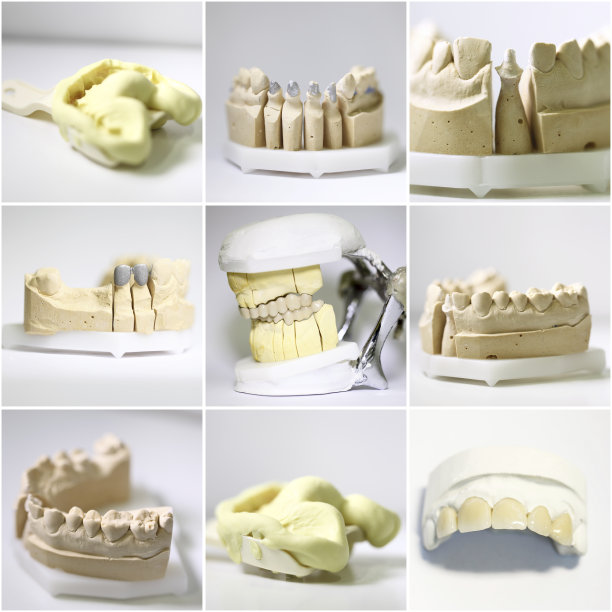Essential Steps and Considerations to Ensure a Successful Root Canal Treatment for Optimal Dental Health
Summary: Root canal treatment is a crucial dental procedure designed to save infected or damaged teeth while ensuring optimal dental health. This article delves into essential steps and considerations for successful root canal treatments, including patient preparation, the treatment process, aftercare recommendations, and when to consult a dentist. We aim to equip both patients and dental practitioners with valuable insights that enhance the success rate of this procedure, promoting overall oral health and preventing further complications.
1. Patient Preparation for Root Canal

Before commencing a root canal treatment, patient preparation plays a pivotal role in ensuring success. It begins with a thorough consultation where the dentist assesses the patients dental health history. Understanding any underlying conditions or previous dental experiences can influence both treatment methods and patient comfort levels.
Next, the dentist may recommend diagnostic tests, such as X-rays, to gain a comprehensive understanding of the tooths structure and any infection’s extent. Such assessments are crucial for creating a tailored treatment plan that specifically addresses the individuals needs.
Lastly, it is important for patients to communicate any anxieties or concerns they might have. Dentists can provide sedation options and detailed explanations of the treatment process, which can ease fears and enhance cooperation during the procedure.
2. Understanding the Treatment Process
The core of the root canal procedure involves several critical steps to ensure the removal of infected tissue. First, the dentist administers anesthesia to ensure that the patient remains comfortable throughout the process. The affected tooth is then isolated using a rubber dam, which helps to keep it clean and free from saliva.
Once isolated, the dentist creates a small opening in the enamel to access the pulp chamber. Removal of the infected pulp is done using specialized instruments to clean and shape the canal system. This meticulous approach minimizes the risk of reinfection, which is vital for long-term success.
Finally, the canal is filled with a biocompatible material, typically gutta-percha, to seal the space. This step is crucial in preventing bacteria from re-entering the canal and ensures the tooth remains functional and protected.
3. Post-Treatment Care and Recovery
Post-treatment care is just as vital as the procedural steps in ensuring the success of a root canal. Patients should follow their dentists aftercare instructions closely, which may include prescribed pain relief medications. It’s common to experience some discomfort, but effective pain management can facilitate a smoother recovery.
Maintaining oral hygiene is also essential during recovery. Patients should continue brushing and flossing their teeth, but may need to be gentle around the treated area. Regular follow-up visits with the dentist are necessary to monitor the recovery and detect any potential complications early.
Additionally, patients should pay attention to any persistent pain or swelling, which could indicate that further intervention is needed. Being proactive about post-treatment symptoms can ensure quick resolutions and safeguard long-term dental health.
4. When to Consult Your Dentist Again
Even after successful root canal treatment, maintaining an open line of communication with your dentist is crucial. Schedule routine check-ups to ensure the treated tooth is functioning correctly and to address any issues that arise promptly. Regular monitoring can help in catching any signs of reinfection early.
Patients experiencing unusual symptoms, such as severe discomfort, swelling, or a recurring abscess, should reach out to their dentist immediately. These symptoms may indicate complications or the need for further treatment, emphasizing the importance of vigilance even after a successful procedure.
Moreover, discussing lifestyle factors such as diet, smoking, or teeth grinding with the dentist can also aid in reducing the risk of complications post-treatment. A proactive approach to oral health can lead to sustained dental wellness.
Summary:
In conclusion, ensuring a successful root canal treatment involves several essential steps, including thorough patient preparation, a detailed understanding of the treatment process, diligent post-treatment care, and proactive communication with the dentist. By adhering to these guidelines, patients can achieve optimal dental health and prevent future complications.
This article is compiled by Vickong Dental and the content is for reference only.



